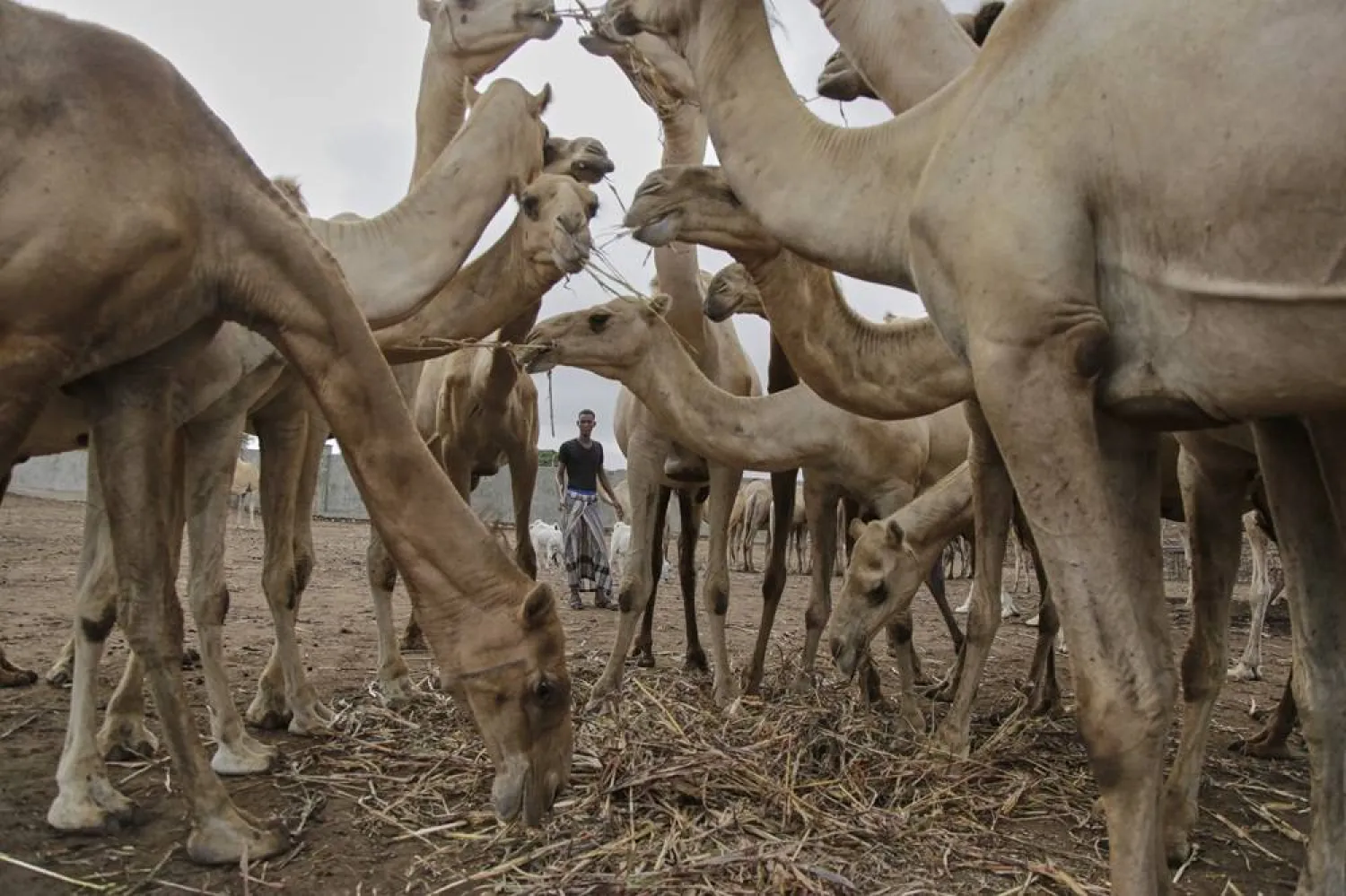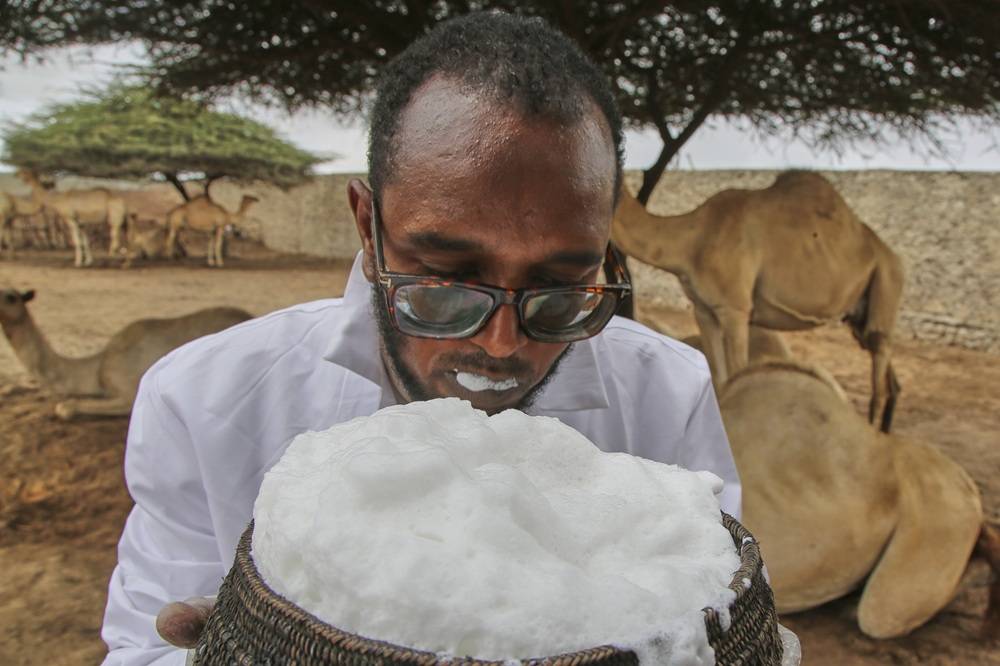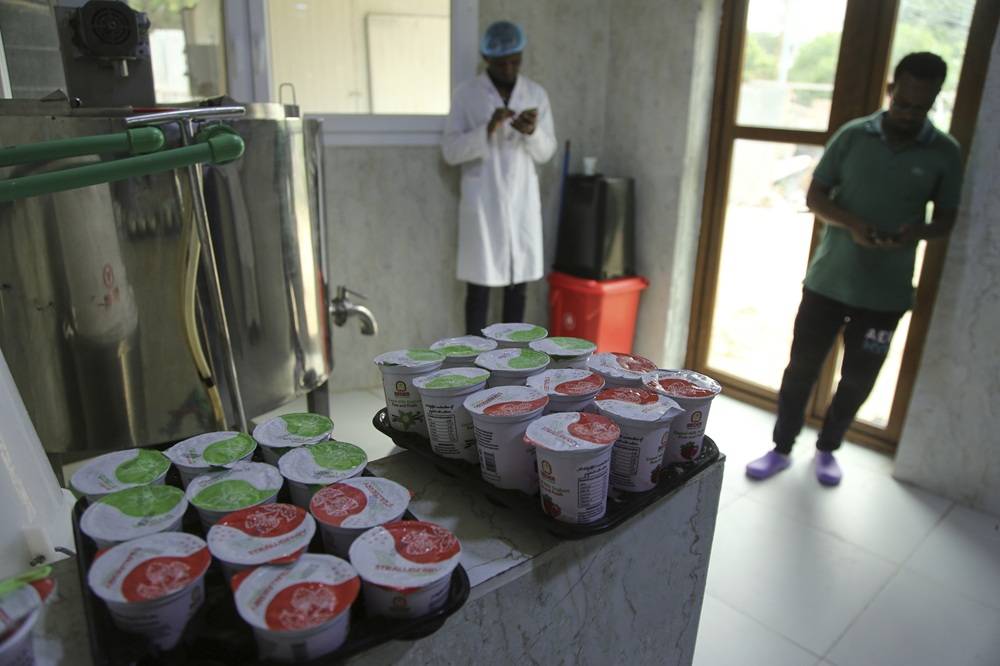The sixth episode in the series of excerpts obtained from the upcoming biography of former Arab League Secretary-General Amr Moussa – to be published by Dar El-Shorouk and edited and documented by Khaled Abu Bakr – recounts how the events of the Libyan revolution unfolded in February 2011. Over the span of 50 pages, Moussa talks about how the Libyan uprising had pulled the rug from under Muammar Gaddafi’s feet and focuses on the Arab decision to protect Libyans from the Libyan leader’s wrath and violence.
The veteran Egyptian diplomat tells the story of how Gaddafi, after the ouster of Tunisian President Zine El Abidine Ben Ali, predicted that Egyptian President Hosni Mubarak would be next to fall. Even though Gaddafi got it right on Mubarak’s removal, he was mistaken about his future and his ability to survive the revolution rising against him. Following Libyan regime strikes against the cities of Benghazi and Tobruk, the Arab League suspended the participation of Libya’s permanent representatives in meetings and slapped an air travel ban on the North African country.
Moussa, in “The Years of the Arab League”, explains that the move was taken to protect civilians from regime airstrikes.
As of mid-December 2010, fast-tracked developments and uprisings started to take the Arab world by storm. Overnight, Tunisia’s Ben Ali was exiled to Saudi Arabia. This was in the aftermath of the streets and squares of Tunisia being flooded with angry youth demanding political openness and social justice. A few days later, the January 25 revolution in Egypt forced Mubarak to step down in February 2011.
Nestled between Tunisia and Egypt, Libya was next in line to be swept by protests and demands for a system overhaul. Gaddafi, who had predicted Mubarak’s downfall, lacked the perception and depth needed to recognize that his rule too was going to be brought to an end. The Libyan leader, who had ruled for over four decades, believed that he had what it took to survive the revolutions.
A swift peek of the map would have sufficed to realize that Libya was wedged between two major rebellions, one in Tunisia and the other in Egypt. As of February 15, 2011, all eyes turned to Libya, where demonstrations against Gaddafi's rule broke out for the first time in Benghazi and quickly spread to other cities, including the capital, Tripoli. Moussa recounts that his heart skipped a beat over the developments in Libya.
“You can imagine the reaction of any Arab regime to demonstrations calling for it to leave, but not the Gaddafi regime,” he explains.
Noting that heightened tensions weighed down Gaddafi’s relations with various Western countries, Moussa added that he was apprehensive about the regime’s reaction to events in Libya. As protests grew more ferocious, so did Gaddafi’s repression of the people.
On February 22, 2011, Gaddafi gave a divisive speech in which he claimed to be a “revolutionary leader forever” and a Bedouin warrior who brought glory to all Libyans. He said that he wasn’t a president for him to resign and that Libya’s image before the world was being marred because of the recent events. Gaddafi also hinted at resorting to force when needed. The speech provoked strong global reactions. International bodies and major countries, one after the other, came out in condemnation of both it and the violence used by the Libyan authorities to suppress demonstrations.
The Arab League’s Response
Following Gaddafi’s speech, reports of increased human losses and regime forces attacking demonstrators in Benghazi and Tobruk flooded the media. Faced with rapid developments, Moussa says he summoned permanent representatives at the Arab League to convene an emergency meeting on the evening of February 22, the day Gaddafi spoke. He recalls that the meeting was held at the level of permanent representatives and not ministers because of the time it would take for the latter to arrive in Cairo.
Developments were happening at an accelerated rate, and the situation did not allow for the time needed for Arab League ministers to assemble at the organization’s headquarters. “We must not be late in our reaction.
Incoming reports are predicting the fall of many more victims both from Libyans and Arabs residing in Libya, especially Egyptians and Tunisians, who are at risk after Saif al-Islam Gaddafi (Gaddafi’s son) accused them of supporting the demonstrators against his father’s rule,” Moussa said in his opening remarks at the meeting. He went on to tell attendees that the Arab League must send out a call urging for reason to prevail. Moussa concluded the meeting by issuing a multipoint resolution which condemned crimes committed against peaceful protesters in Libyan cities, including Tripoli, and suspended Libya’s participation at meetings held by the Arab League or its affiliated agencies until Libyan authorities answer to the demands of the people in a way that guarantees their security and stability. This was the first time in the history of the Arab League that the organization bars the delegations of a member state from participating in meetings over “negative internal conditions”.
“I thought that this represented an important development in the Arab multilateral organization, and it was also an important message, if Col. Gaddafi accepted it, so the Arab League, and I personally, could rely on it in a political movement that might contribute to preventing the deterioration of the situation in Libya,” Moussa recounts.
Foreign Ministers of Arab League member states then convened their 135th session on March 2, 2011. The dangerous developments in Libya were the center of the meeting. The ministers backed previously approved decisions by permanent representatives and added a new clause on promoting deliberations for finding effective ways to ensure the safety and security of Libyans. They confirmed that Arab states can’t stand idle while the brotherly people of Libya suffer bloodshed and agreed to impose an air ban. Each of the Arab League and the African Union cooperated to implement the ban.
Calling For an Air Ban
The Arab League marking Libya as a no-fly zone to protect civilians stirred widespread controversy. In his memoir, Moussa recalls that the first call for imposing an air ban on Libya was made at the 118th session held by Gulf Cooperation Council (GCC) foreign ministers on March 10, 2011.
In a statement issued after their meeting in Saudi Arabia’s capital Riyadh, GCC foreign ministers called on the Arab League to take measures to stop the bloodshed in Libya and to initiate contacts with the National Council formed by the opposition. They denounced the crimes committed against civilians and called on the Arab League to shoulder responsibility to take the necessary measures to defuse rifts, achieve the aspirations of the Libyan people, and take the necessary measures to do that, including calling on the UN Security Council to impose a no-fly zone over Libya to protect civilians.
The GCC continued its pressure campaign to endorse a no-fly zone on Libya. On March 12, 2011, an emergency ministerial meeting was held at the Arab League. In his biography, Moussa sheds a special light on the meeting, saying that it was important for readers to know what happened. First, Moussa explains that the extraordinary meeting was split into three sessions.
The first session, held at 2:30 pm, was open to the public and was short to a 15 min speech delivered by Omani Foreign Minister Yusuf bin Alawi, who chaired the meeting.
A closed-door session followed at exactly 2:45 pm. Moussa was the first to speak. His speech was followed by statements delivered by Arab League foreign ministers and representatives from Qatar, Algeria, the UAE, Syria, Lebanon, Morocco, Mauritania, Saudi Arabia, Yemen, and Egypt.
Towards the ending of the meeting, Moussa remembers emphasizing to attendees that the proposed no-fly zone on Libya was not indefinite. He also spoke of four core principles the Arab League was endorsing.
Those principles were:
1. Calling for a clear legal framework for any decision to establish a no-fly zone in Libya to protect civilians, that is, the necessity for there to be a Security Council resolution that clearly reflects the will of the international community-- Because the air embargo is not a combat measure, but rather a preventive measure to prevent more blood from being spilled.
2. The decision to establish an air ban shall not affect civil aviation traffic; Because there are many countries, such as Egypt, that are taking the necessary measures to evacuate their nationals from Libya.
3. Ensuring respect for principles of state sovereignty and maintaining non-interference in internal affairs of other countries. Any decision issued by the UN Security Council regarding the air embargo in Libya should not affect the sovereignty of any country other than Libya, whether from neighboring countries or elsewhere.
4. Preserving Libya's territorial integrity. Establishing any no-fly zone must not effectively divide Libya. The purposes of establishing a no-fly zone, its geographical scope, its working conditions, and its duration must be clearly defined.
In special agreement with Dar El Shorouk - all rights reserved.









